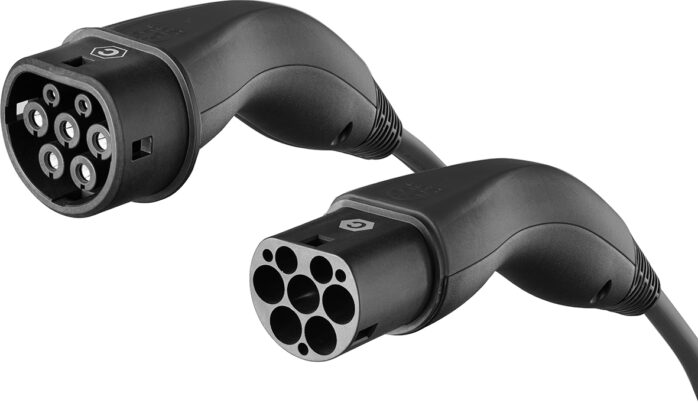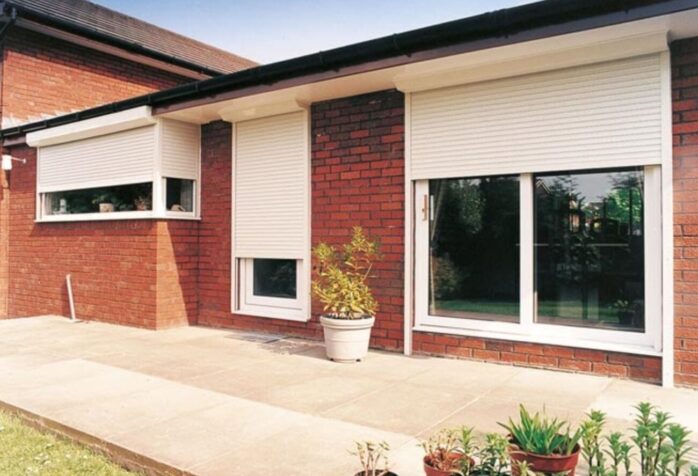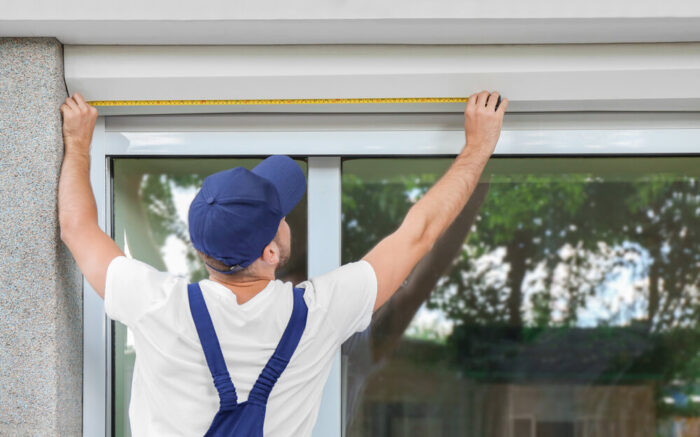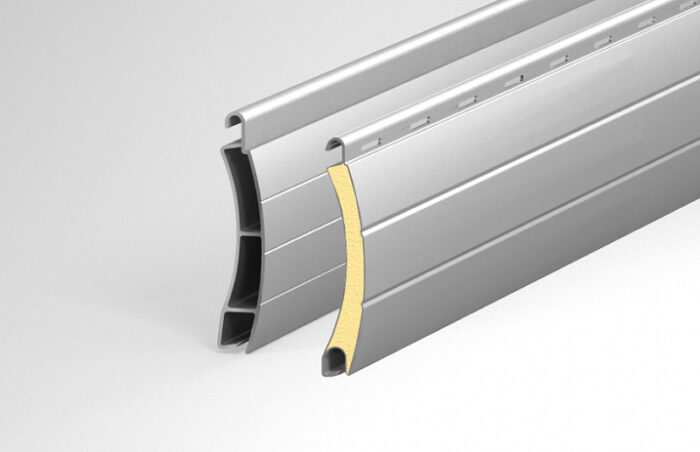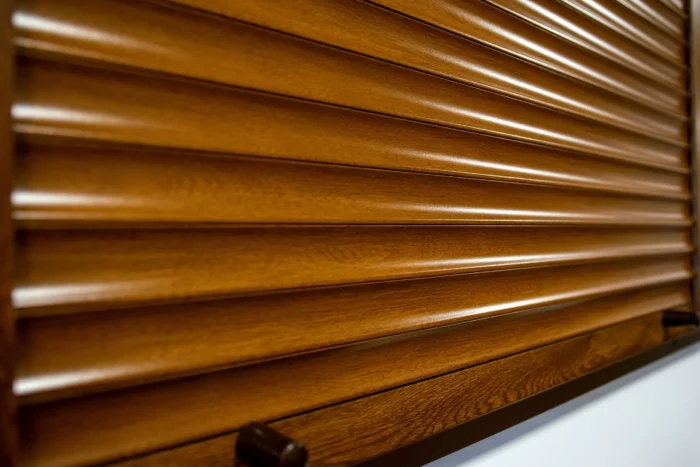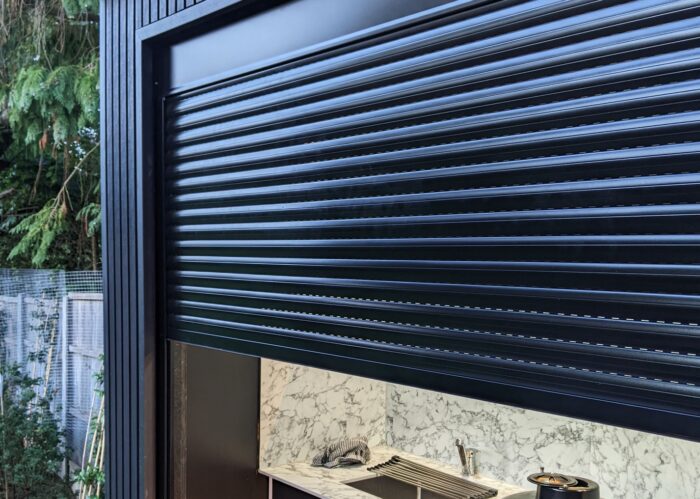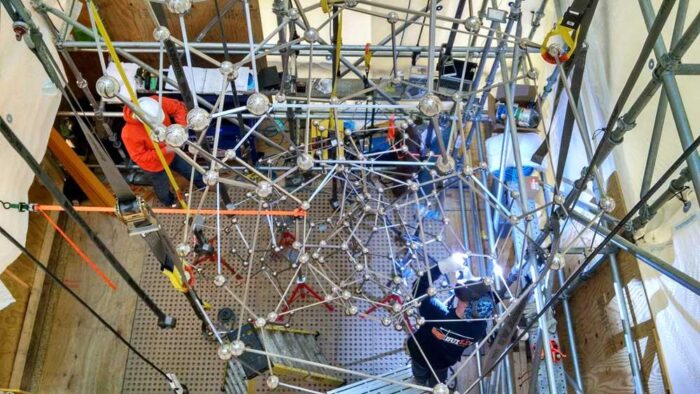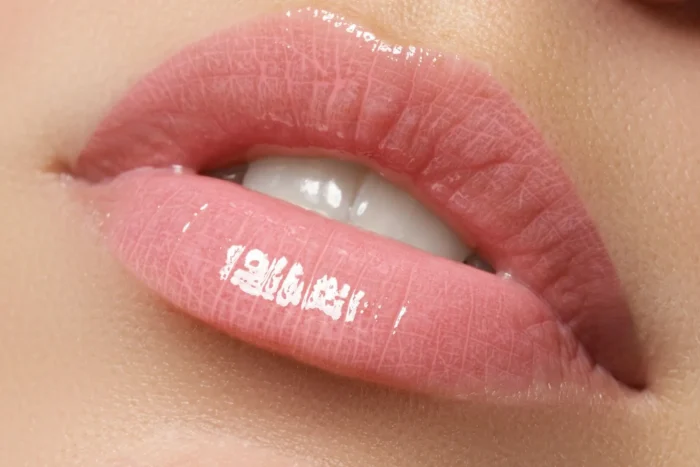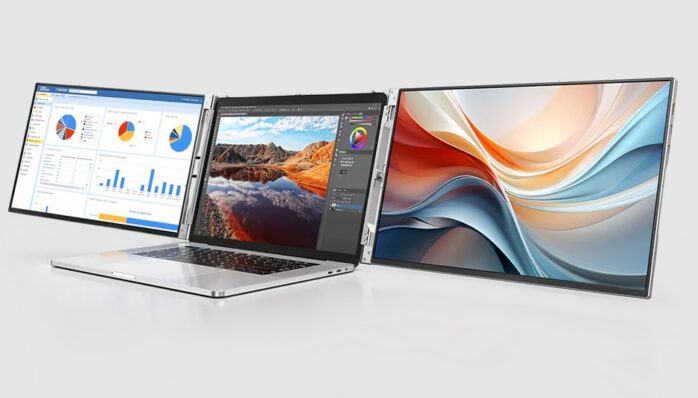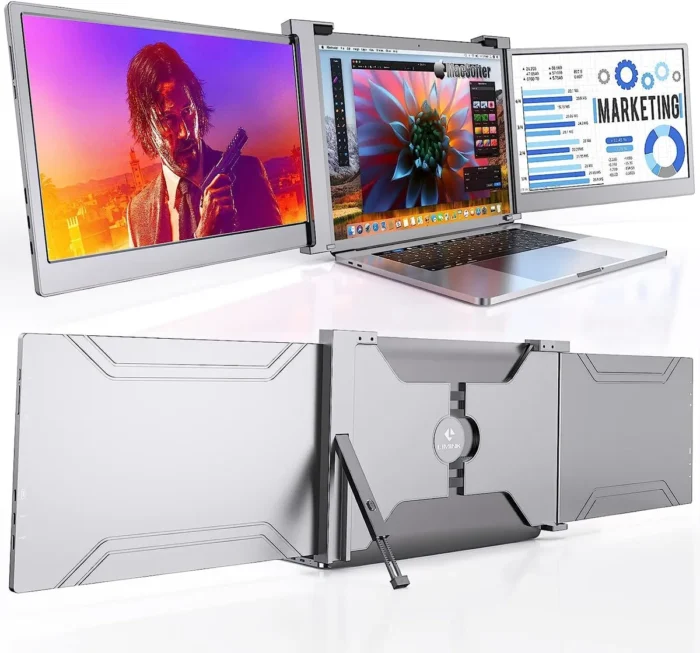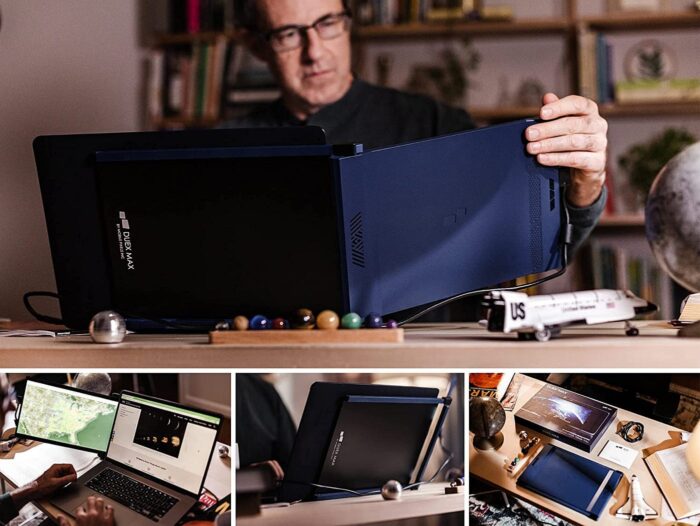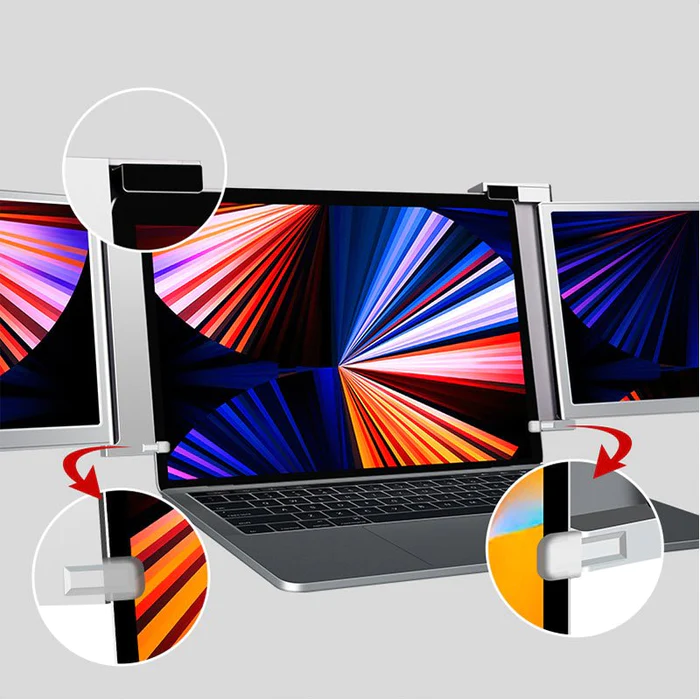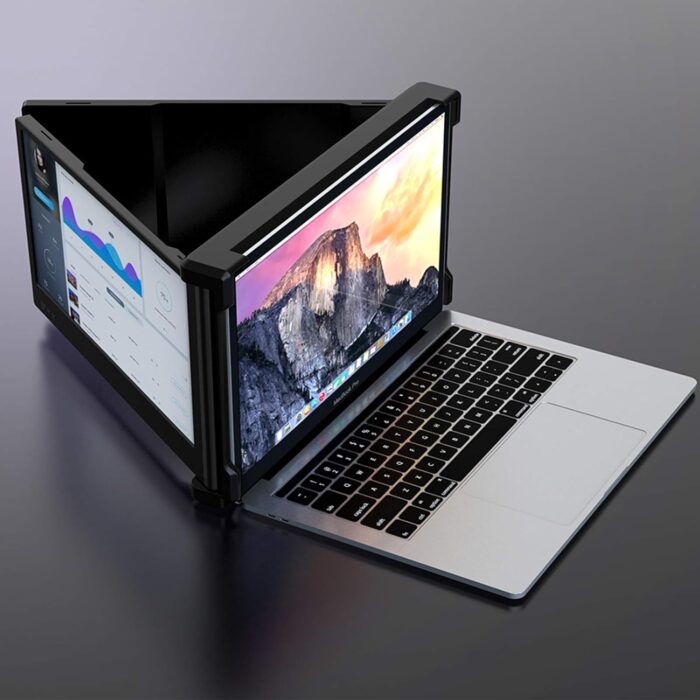It’s one thing owning an electric vehicle (EV) but quite another figuring out what you need to keep it running smoothly at all times! Phrases such as ‘Level 2 chargers’, ‘charging cables’ and ‘energy costs’ become part of your daily vocabulary as you navigate what you need to keep your EV on the road.
Soon you’ll know that your EV toolkit should include a Type 2 to Type 2 cable if you’re looking for a high-output connector. Keep reading to discover why you need this type of charging cable for your EV running requirements.
When it comes to your electric vehicle’s upkeep, having a Type 2 to Type 2 cable is essential for several reasons:
- Compatibility: This cable type is versatile and compatible with a wide range of electric vehicles, making it a practical choice for various EV models.
- High Output: Type 2 connectors offer high-output charging capabilities, enabling faster charging times, which is especially valuable for daily commutes or long trips.
- Charging Infrastructure: Many public charging stations in different regions utilize Type 2 connectors, ensuring you can find charging options conveniently.
- Future-Proofing: Investing in a Type 2 to Type 2 cable prepares you for potential EV upgrades or different models in the future, as it remains a standard connector type.
- Reliability: These cables are built for durability and reliability, ensuring safe and consistent charging experiences.
Incorporating a Type 2 to Type 2 cable into your EV toolkit ensures you’re well-prepared to keep your electric vehicle running smoothly, efficiently, and in line with modern charging infrastructure.
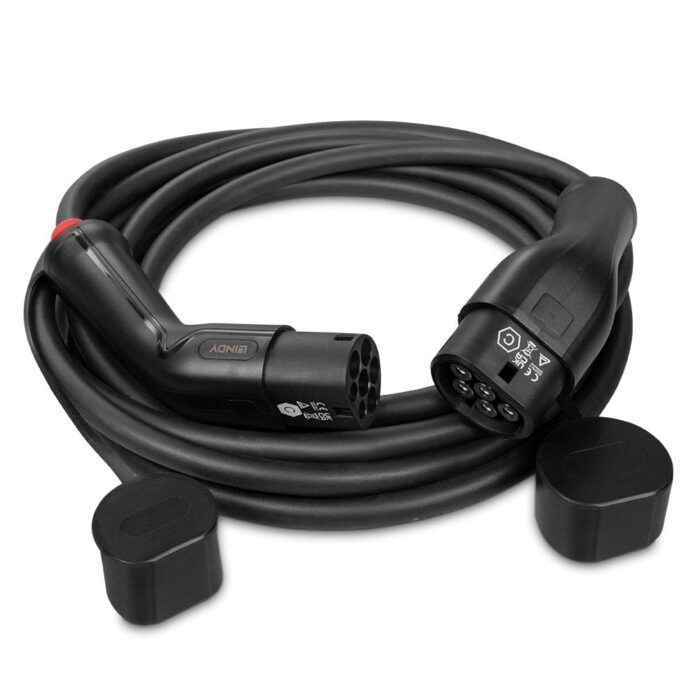
5 Reasons You Need a Type 2 to Type 2 Charging Cable for Your EV
1. A High-Output Connector for High-Capacity Electric Vehicles
In Australia (and New Zealand), all new electric vehicles operate using a Type 2 cable and the Type 2 to Type 2 charging cable ensures your EV runs optimally. This high-output connector can operate from 7kWh to 22kWh and is best for high-capacity electric vehicles. It lets you charge with alternating current and should be used with any EV that has a CCS or type 2 socket.
2. It Can Charge E-Cars at a Higher Speed
If you want to charge your e-car at a higher speed, you need a cable that allows for three-phase charging. The Type 2 to Type 2 cable can improve the speed at which your vehicle is charged. However, it’s important to determine the charging capacity of your EV – if it only allows for 11kWh, it won’t charge any faster than 11kWh.
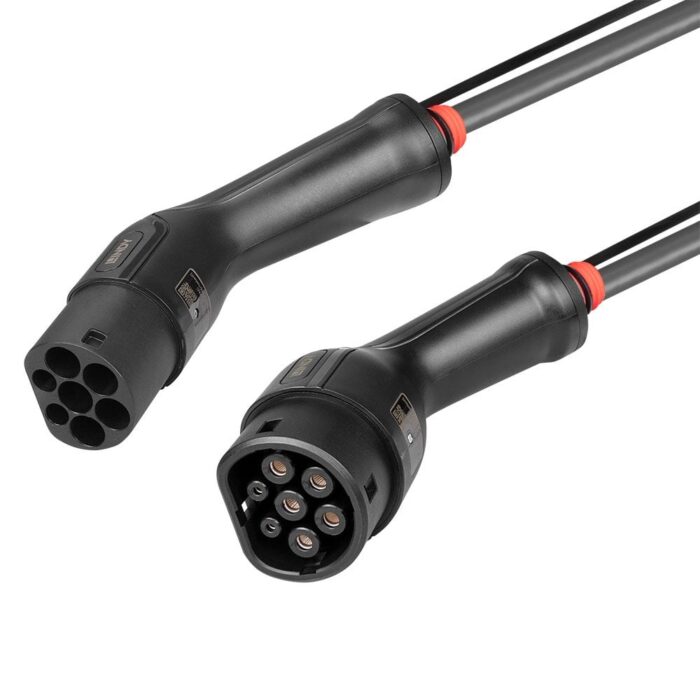
3. Fits Most Public Charging Stations
Access to public charging stations en route allows you to stay on the road no matter how far away you are from home. This type of cable works with all universal (socketed) chargers – public or private. Travelling with a Type 2 to Type 2 EV cable lets you plug your car in at most public charging stations.
Australian EV owners can charge their cars at the following charging stations throughout the country:
- ActewAGL Network
- Chargefox Network
- City of Adelaide Charging Network
- Jaguar Landrover Dealer Network
- Mirvac Shopping Centre Network
- Queensland Electric Super Highway
- RAC Electric Highway
- Synergy Charging Network
- Waverley, Woolhara and Randwick Council Network
Note that this isn’t an exhaustive list, so do your research before planning a road trip to ensure you have access to public charging stations.
4. Suitable for Certain EV Models
If you own any of the following EV models, you need a Type 2 to Type 2 charging cable:
- Audi
- BMW and BYD
- EQC
- Honda and Hyundai
- Jaguar
- KIA
- Mazda. MG, Mini and Mitsubishi
- Nissan
- Polestar and Porsche
- Renault and Rivian
- TESLA and Toyota
- Volkswagen and Volvo
Ensure that your EV is Type 2 socket compatible and it’s best to pick the 22kWh straight cable for optimal charging.
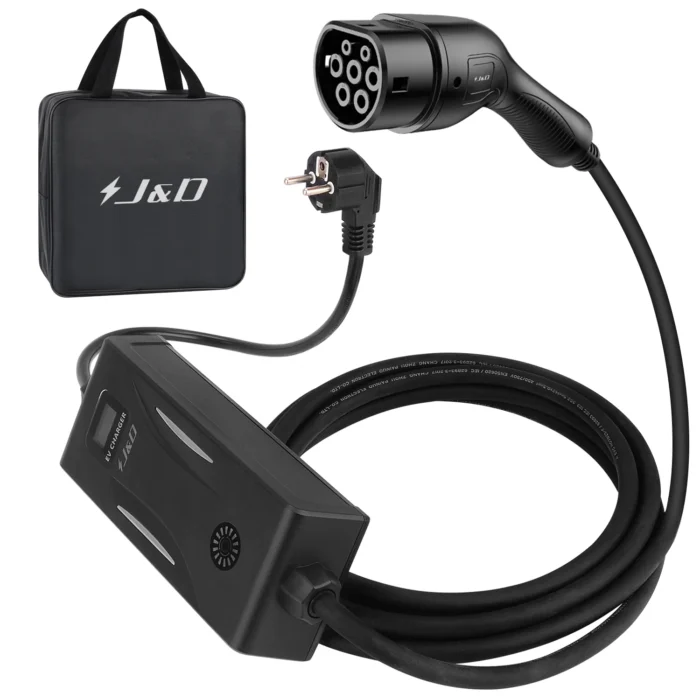
5. Provides Reliable Performance
When purchasing a Type 2 to Type 2 EV cable make sure you pick one made with quality materials. This ensures you get long-lasting, reliable performance while protecting your EV from any damage. Before picking a supplier, verify the following:
- Certification: Check that the charging cable is certified to meet Australian EV regulation requirements and safety standards.
- Durable materials: Charging cables should be made with tough, hard-wearing materials that are insulated and reinforced. This allows for a robust and reliable connection to your EV when charging with a private or public charger.
Top tip! Pick a supplier who focuses on EV charging technology and keeps up to date with the latest developments in the industry. These experts are equipped to give you the best tools for your EV, plus offer advice and solutions when you need answers and dependable performance from your vehicle.
Other Useful Tips for New EV Owners
- The Type 2 charging cable is also known as the Mennekes charging cable, EV charging cable, charging cable mode 3 type 2, mode 3 type 2 charging cable or Type 2 Mennekes cable.
- Keep one Type 2 charging cable at home and another in the trunk of your car so you’re always prepared, no matter the length of your trip.
- Purchase an extra Type 2 portable charger to keep in the trunk of your EV as a backup.
- The Type 2 to Type 2 EV able can be used on Level 1 charging stations and upwards, making it compatible with single and three-phase chargers.
Luckily, there are thousands of public chargers throughout Australia, so you don’t need to stress too much about running out of power. Simply be prepared for any eventuality!

Final Thoughts
If you want reliable performance from your EV, pick a quality Mennekes charging cable for your e-car. Premium-quality cables can withstand the Australian climate, making them durable and suitable for charging your EV in various scenarios.
Clearly, the Type 2 to Type 2 charging cable is a must-have tool for your new EV so make sure you get the best and enjoy long-lasting driving satisfaction!

